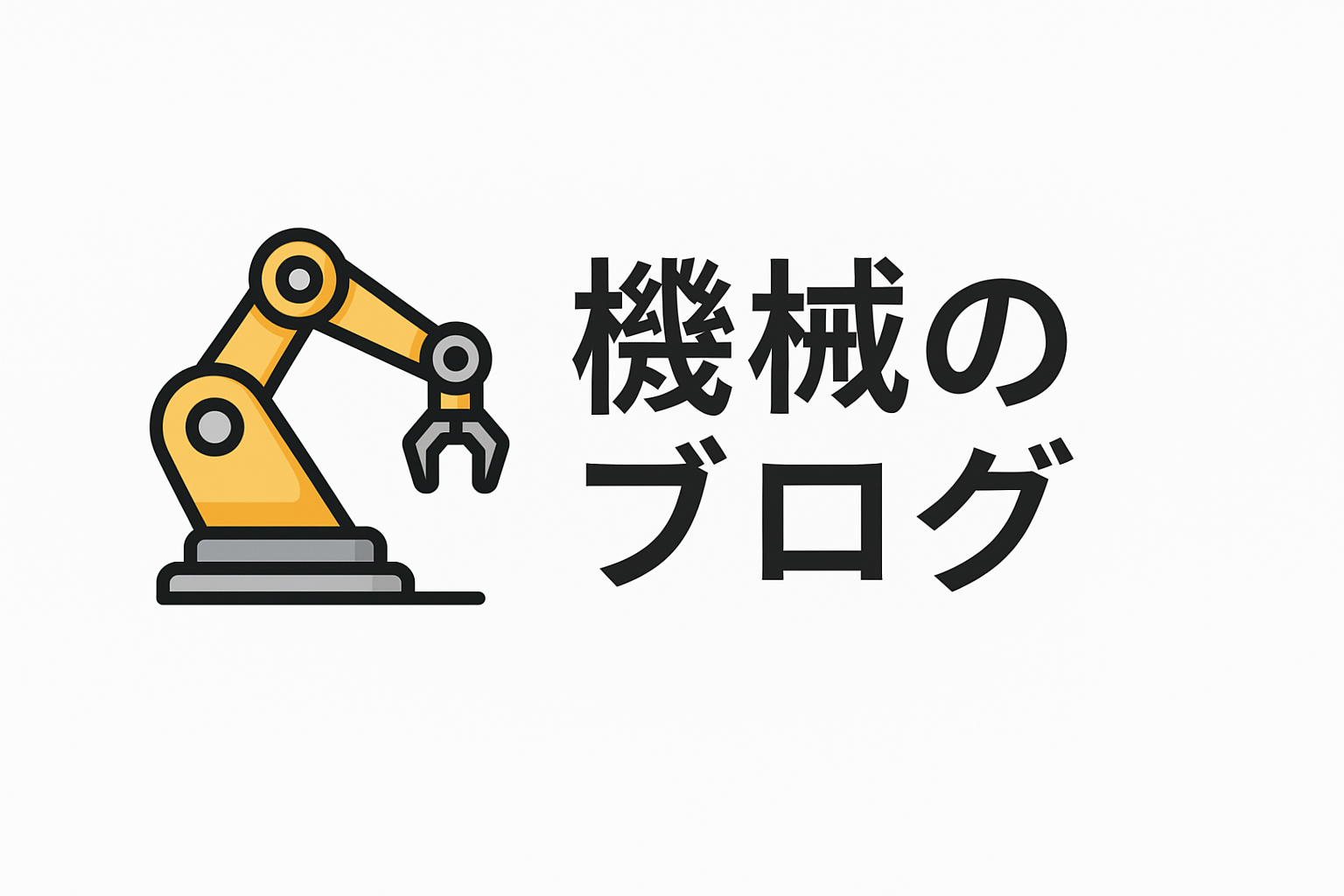Future of Manufacturing Innovation with IoT
The manufacturing industry is undergoing a profound transformation, driven by advances in technology and the increasing integration of the Internet of Things (IoT). This evolution is reshaping the landscape, bringing about unprecedented levels of efficiency, productivity, and innovation. In this article, we will explore how IoT is revolutionizing manufacturing, its impact on operations, and what the future holds for this dynamic industry.
Introduction
The Internet of Things (IoT) refers to the interconnected network of physical devices embedded with sensors, software, and other technologies to collect and exchange data with other devices and systems over the internet. In the manufacturing sector, IoT is enabling smarter, more responsive, and more efficient operations. By harnessing the power of IoT, manufacturers can optimize processes, reduce costs, and improve product quality, all while driving innovation and new business models.
Section 1: Enhancing Operational Efficiency
One of the most significant advantages of IoT in manufacturing is its ability to enhance operational efficiency. By connecting machines, equipment, and devices to a central system, manufacturers can gain real-time insights into their operations. This connectivity allows for better monitoring and control of production processes, leading to reduced downtime and improved resource utilization.
IoT-enabled predictive maintenance is a prime example of this efficiency. Sensors embedded in machinery can monitor performance and detect anomalies before they lead to equipment failure. This proactive approach not only minimizes downtime but also extends the lifespan of machinery, reducing maintenance costs and improving overall productivity.
Section 2: Improving Product Quality and Traceability
IoT is also playing a crucial role in improving product quality and traceability. By collecting data at every stage of the production process, manufacturers can ensure that products meet quality standards and are free from defects. This data-driven approach allows for real-time quality control, enabling manufacturers to identify and address issues before they escalate.
Moreover, IoT enhances traceability by providing detailed information about the production and distribution of products. This transparency is invaluable for ensuring compliance with regulatory requirements and for building consumer trust. In industries such as food and pharmaceuticals, where safety and quality are paramount, IoT-enabled traceability is particularly critical.
Section 3: Enabling Smart Manufacturing and Automation
Smart manufacturing and automation are key components of the IoT-driven transformation in the manufacturing sector. IoT facilitates the integration of advanced technologies such as artificial intelligence (AI), machine learning, and robotics into manufacturing processes. This integration leads to more adaptive and flexible production systems that can respond rapidly to changes in demand and market conditions.
For instance, IoT allows for the implementation of smart factories where machines communicate with each other to optimize production schedules, manage inventory levels, and coordinate logistics. This level of automation reduces human intervention, lowers the risk of errors, and increases overall manufacturing agility.
Section 4: Facilitating Supply Chain Optimization
The impact of IoT extends beyond the factory floor, influencing the entire supply chain. By providing real-time data on inventory levels, production status, and shipment tracking, IoT enables better supply chain management and optimization. Manufacturers can synchronize supply chain activities, reducing lead times and improving delivery accuracy.
IoT also supports demand forecasting and inventory management by analyzing data trends and consumer behavior. This capability allows manufacturers to respond more effectively to market fluctuations, reducing excess inventory and minimizing waste. As a result, manufacturers can achieve a more sustainable and cost-effective supply chain.
Section 5: Driving Innovation and New Business Models
Beyond operational improvements, IoT is driving innovation and enabling new business models in the manufacturing industry. IoT-powered data analytics provide manufacturers with insights into consumer preferences and market trends, facilitating the development of new products and services.
One emerging trend is servitization, where manufacturers offer products as a service rather than as standalone goods. This model leverages IoT to provide customers with value-added services such as remote monitoring, maintenance, and performance optimization. By adopting such innovative approaches, manufacturers can differentiate themselves in a competitive market and create new revenue streams.
Conclusion
The future of manufacturing is bright with the integration of IoT. As manufacturers continue to embrace IoT technologies, they will unlock new levels of efficiency, quality, and innovation. From enhancing operational efficiency to enabling new business models, IoT is set to redefine the manufacturing landscape. By staying at the forefront of this technological revolution, manufacturers can position themselves for success in a rapidly evolving industry.
As we look ahead, it is clear that the potential of IoT in manufacturing is vast. The journey towards a smarter, more connected manufacturing environment is just beginning, and the opportunities for growth and advancement are boundless. By leveraging the power of IoT, manufacturers can not only meet the demands of today but also prepare for the challenges and opportunities of tomorrow.

